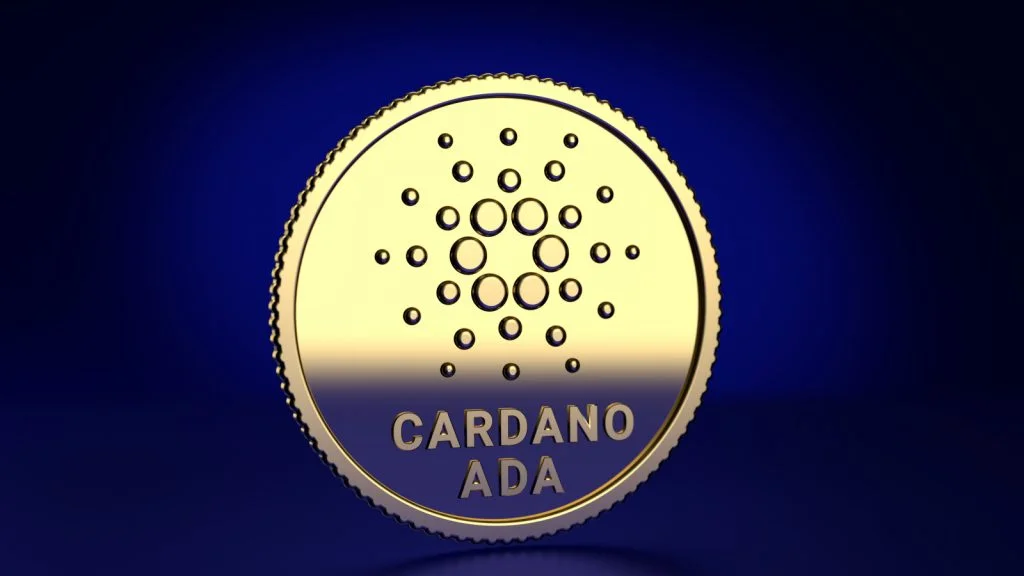Only just a day after Grayscale added Cardano to its Digital Large Cap Fund, the altcoin price has increased up to about 7%.

Cardano(ADA), the fifth-largest cryptocurrency by market capitalization value, has had a 7% increase in price in the last 24 hours, owing to Grayscale’s inclusion of it in their renowned Digital Large Cap Fund with the third-highest allocation.
At the time of writing, the price of ADA was trading at $1.40, up from a daily low of $1.29.

Cardano is currently in a critical transition phase as it moves closer to smart contract integration, which is set to launch in August.
The Alonzo smart contract hard fork is currently in its final stages, putting the blockchain in direct competition with Ethereum, Solana, and Polkadot.
The Alonzo testnet is part of the Goguen period, also known as the smart contract era, and will be released in stages. The first phase, Alonzo blue, went live on May 27, with the subsequent phases set to launch in the coming months.
The critical smart contract era arrives roughly a year after the mainnet’s Shelly network update. While Shelly decentralized the network’s core, the Alonzo upgrade would include smart contract features, allowing it to serve as a hub for a variety of smart contract-based Dapps, DeFis, and even NFTs.
Staking pools presently hold $32.41 billion, or almost 72 percent of the total circulating supply of ADA, in the run-up to the Alonzo hard fork.
Staking addresses have staked their ADA in 2,679 active pools, bringing the total number of staking addresses to 6700,00. One of the IOHK officials addressed the significance of the Alonzo project, saying,
“Come the end of the Shelly era, we expect Cardano to be 50-100 times more decentralized than other large blockchain networks, with the incentives scheme designed to reach equilibrium around 1000 stake pools.”
Byron, Shelley, Goguen, Basho, and Voltaire are the five major eras indicated on the blockchain roadmap, and Cardano is now in the third.
Each age has its own set of hard forks that improve the network’s compatibility, usability, and decentralization.

